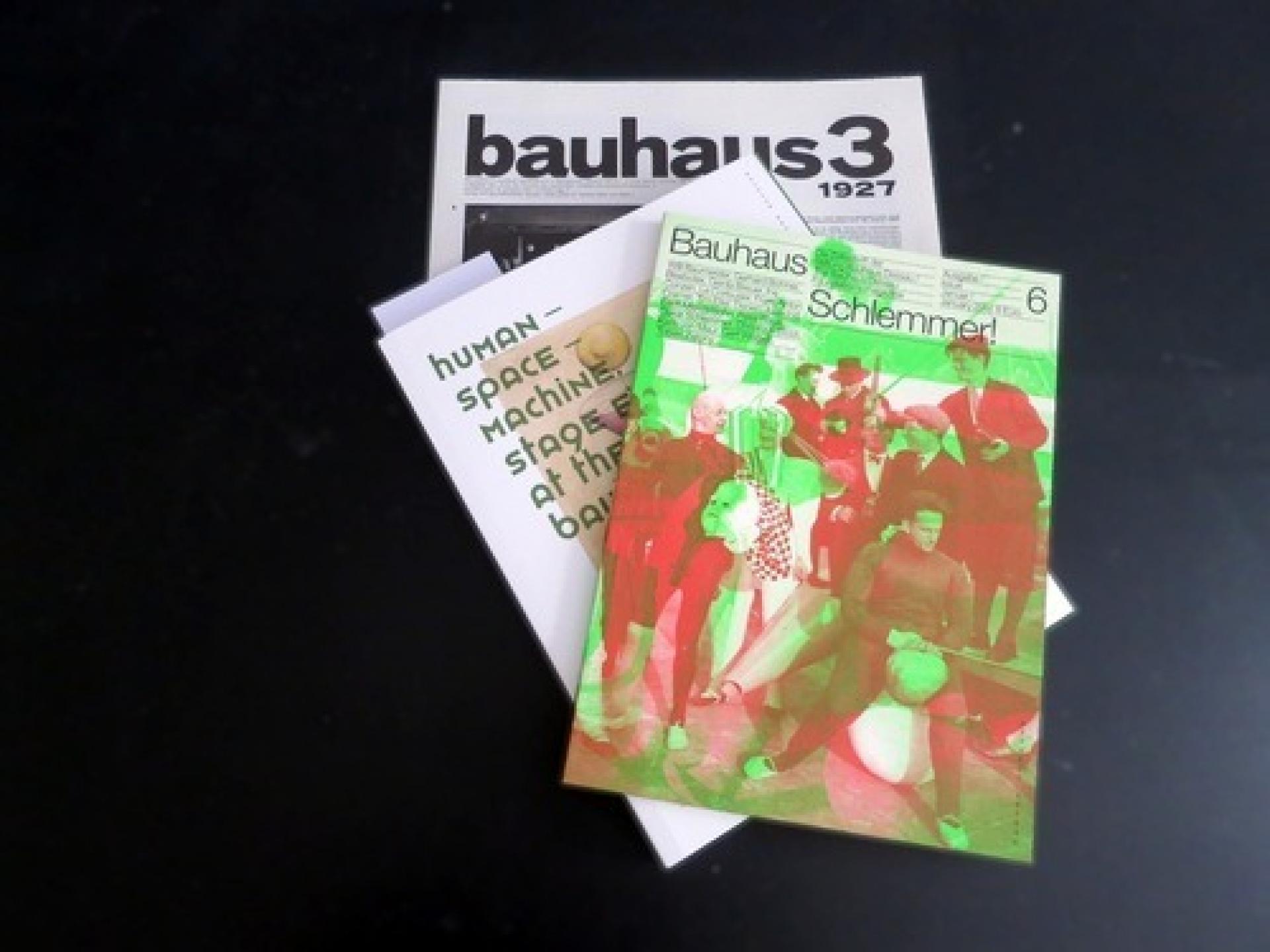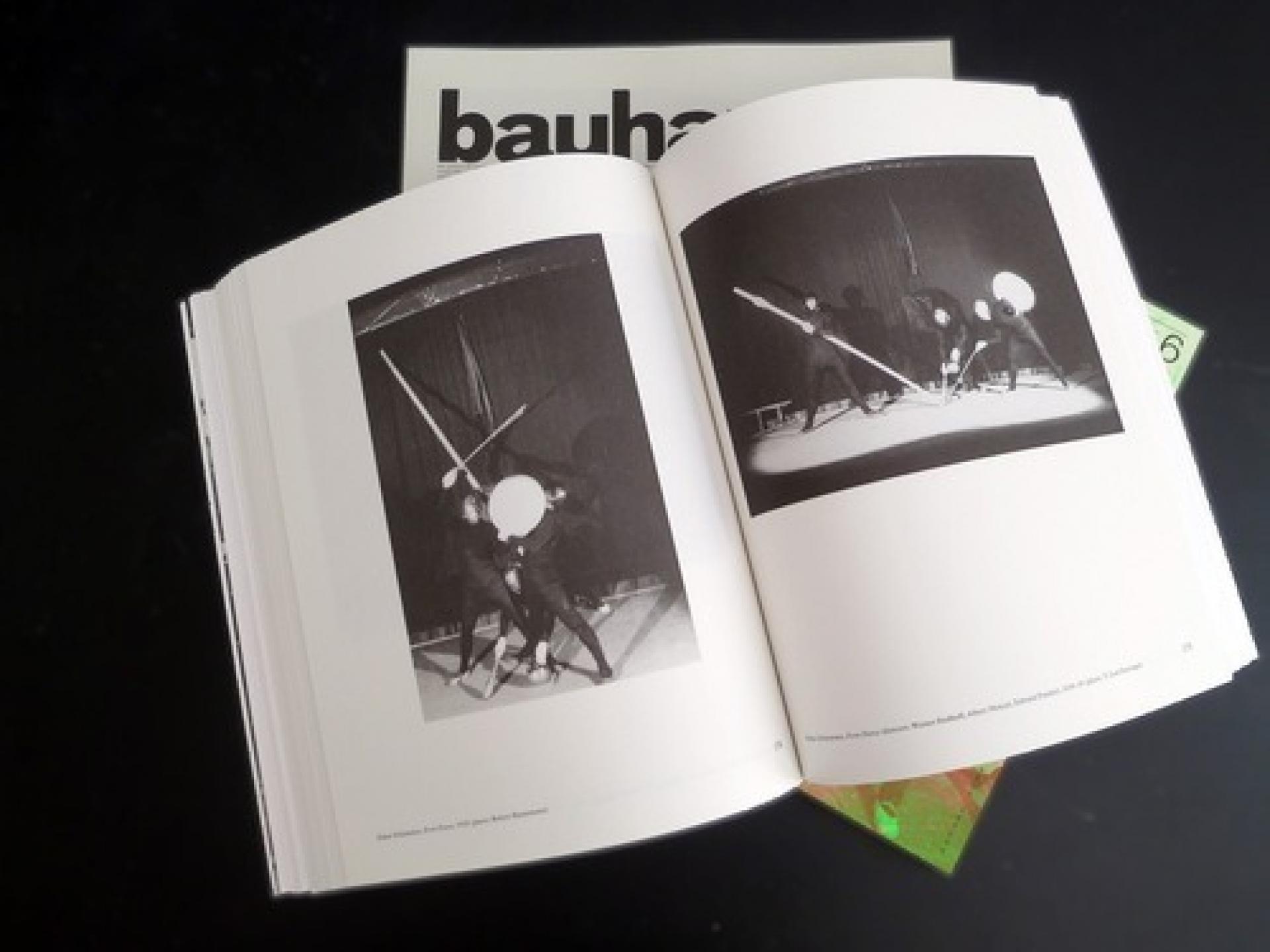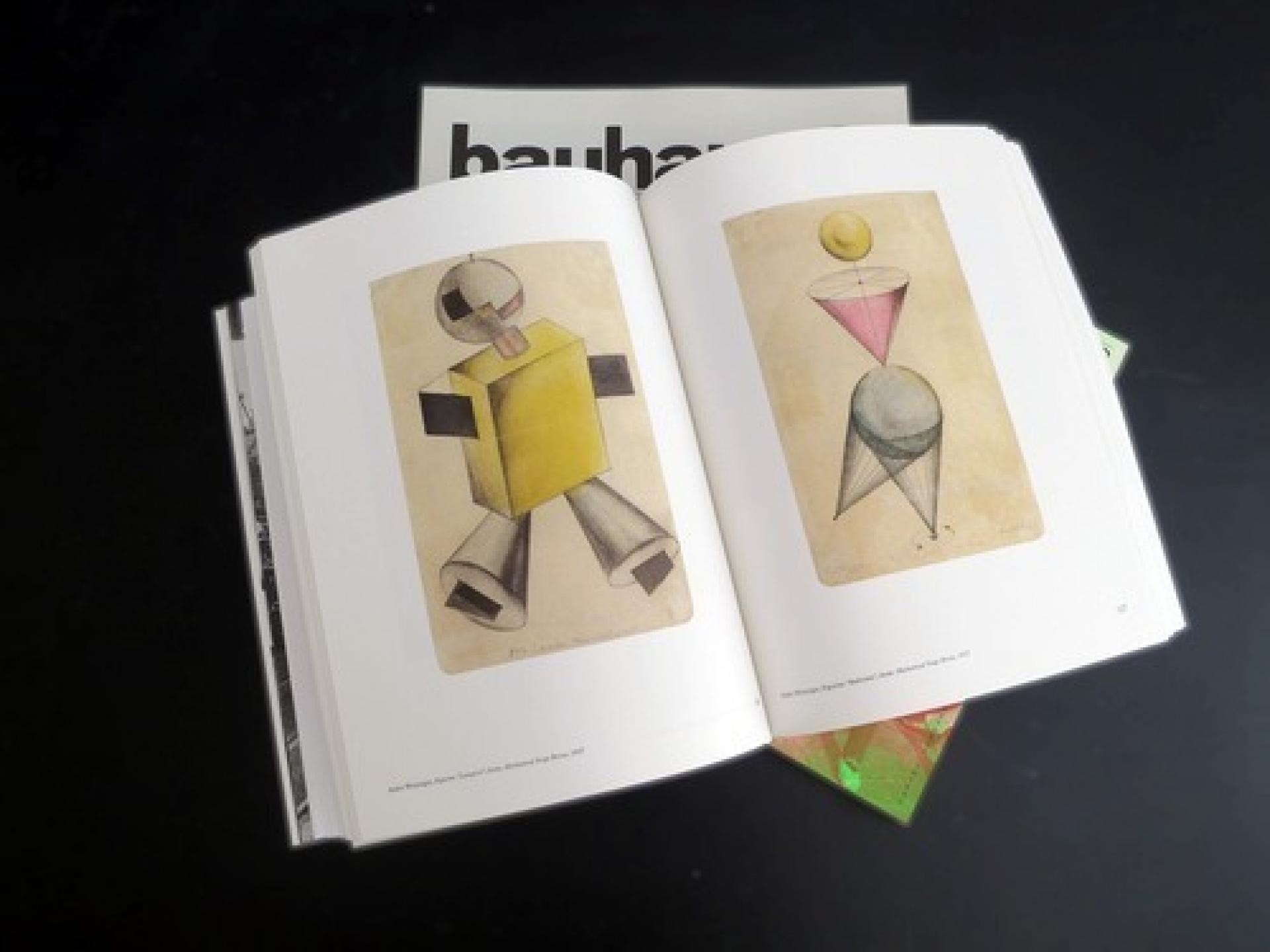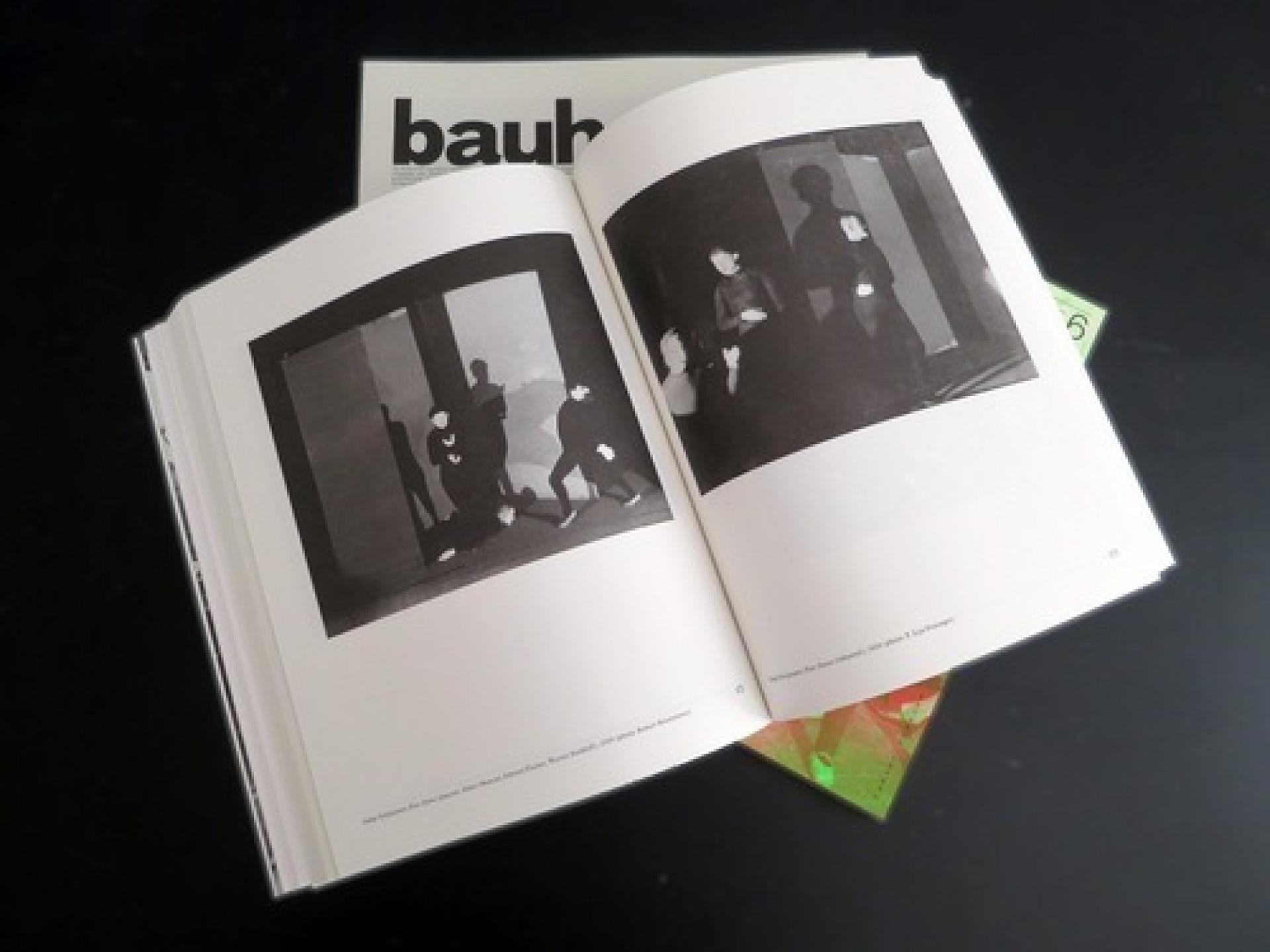Bauhaus Contemporary
Human - Space - Machine. Stage Experiments at the Bauhaus. Müller & Wesse (Stephan Müller) and Luise Bartels, Torsten Blume, Christian Hiller (Eds.), 2014
Bauhaus. Schlemmer! - The Bauhaus Dessau Foundation’s magazine issue 6
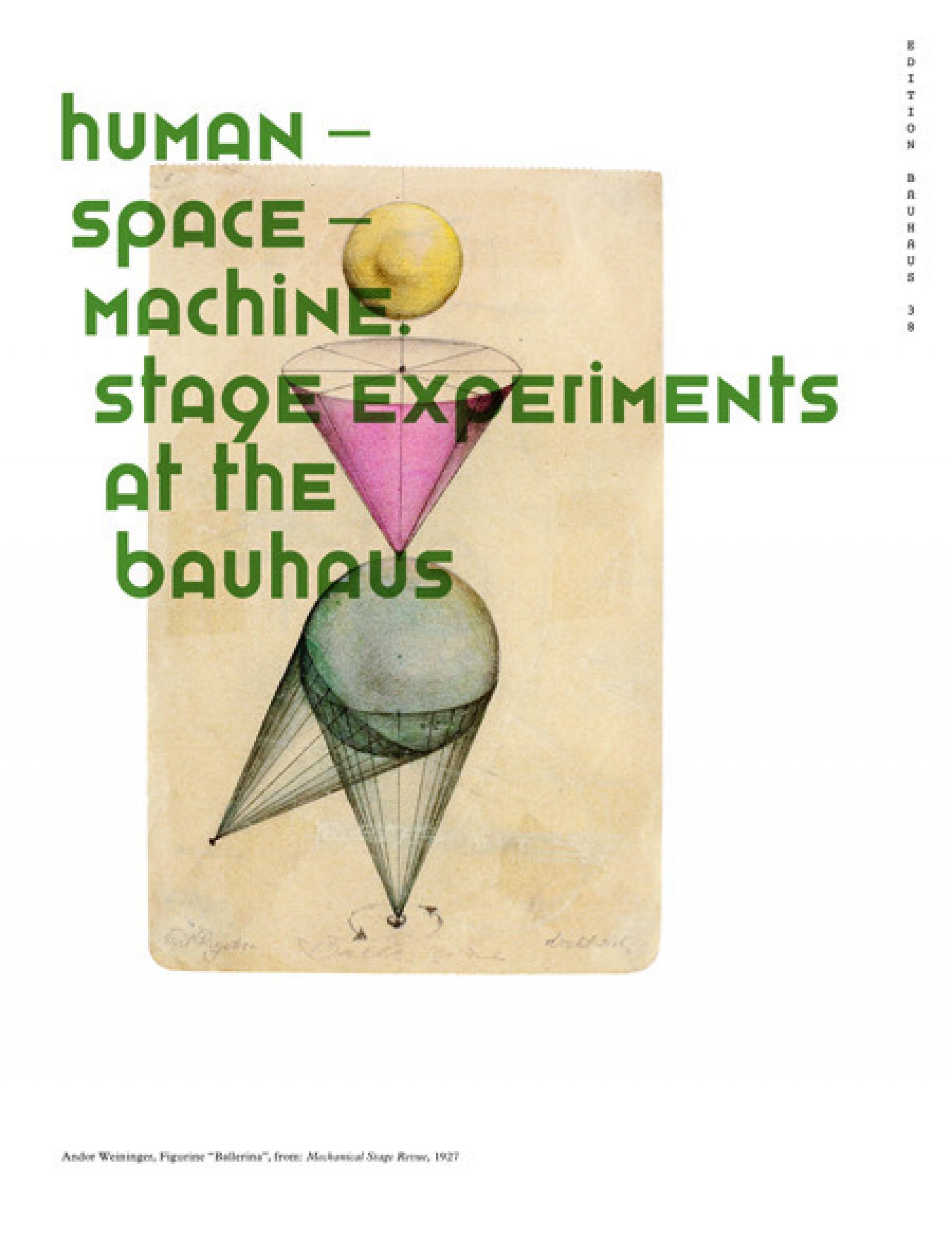
The Bauhaus Foundation in Dessau has been working for the last years on an amazing programme of publications. A magazine (which can be bought at any German train station) was launched and at the same a series of beautiful new topical books appeared in well sorted bookshops. Human - Space - Machine is one of these books. It has an amazing graphic design, perfect printing and generous iconography. It respects and plays with the aesthetic tradition of the school and in terms of content, it demonstrates how researchers can provide a fresh and new point of view - 95 years after the foundation of the Bauhaus in Weimar - on a story we think we already know.
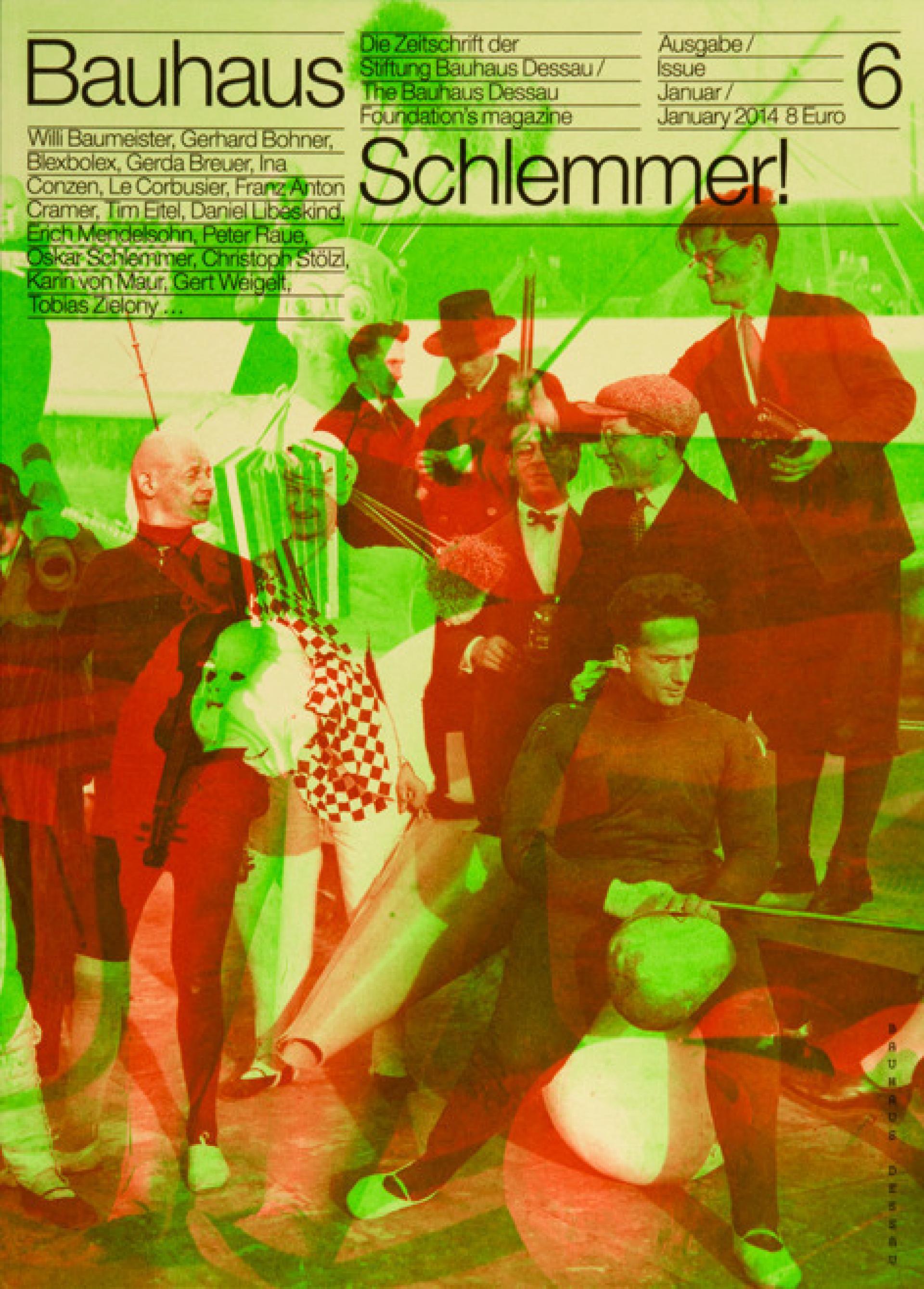
The book and the issue 6 of the Bauhaus magazine both deal with the creations and teachings of Oskar Schlemmer. Book and magazine demonstrate how impactful the history of the Bauhaus and the theories can still be. How they do it? Both publications focus on a particular aspect of the school - theatre - from the angle of its former students and teaching staff and its influence on their everyday life. Theatre at the Bauhaus meant costumes, music, stage design, choreography, communal discussions and parties. These are the elements which also stand for the man who brought the theatre to the Bauhaus: Oskar Schlemmer. But as indicated by the book’s title, Schlemmer’s process does not only spring from the school’s community, it is also a study of space and of machines - fascinations he shares with most of the avant-garde of his time.

Project for a moveable theatre, Xanti Schawinsky, 1925 | Copyright Xanti Schawinsky Estate
In the Bauhaus, machines - or what we would call today technology - played a major role. The Bauhaus was an association of several arts and crafts - architecture, design, graphics, painting, photography, textile or pottery. The stage was a central point of exchange and mixture of these different domains and their key ideas. Joachim Krausse who contributed one of the essays in Human - Space - Machine brings all this together and cleverly discusses the position of the small theatre in the Dessau building, directly accessible from the main entrance which became its symbolic center of gravity. (He also draws an interesting comparison with the construction of the first German planetarium which intrigued the Bauhaus professors and students.)
The costumes of Schlemmer, in their colors, shapes and materials have something surprising, even in the Bauhaus context. They are not about clean minimalism or dry functionalism, they are about mascarade, puppetry and fairy tales. This is probably why they inspired Philippe Découflé in 1987 to produce a music video for the British band New Order with Schlemmer’s costumes in mind, thus confirming their lasting appeal.
In the public perception today, the Bauhaus has become a mere adjective, a buzzword to vaguely depict an architectural style. When a German real estate agent wants to sell a house covered with white painted plaster, a flat roof and perfectly sad plastic windows, he calls it ‘bauhaus-stil’. We need the Bauhaus magazine and books like Human - Space - Machine: to remind us that bauhaus was not minimal-chic design, but a philosophy, an attitude, a cultural movement.
One question however remains: why should we care? After all, this happened 100 years ago? There is a very good reason: here you have a theory and its practical application; technology and craftsmanship; utopia and functionality… and you also have: fun (just look at the choreography from the Triadic Ballet and don’t pretend it doesn’t make you smile!). If all this is not contemporary, what is?
(Last but not least, the book Human - Space - Machine comes with a facsimilé of the third issue of the original bauhaus zeitschrift from 1927 and I feel proud to hold in my hands what I have so far only seen in vitrines).
- Thibaut de RuyterHuman - Space - Machine. Stage Experiments at the Bauhaus; Müller & Wesse (Stephan Müller) and Luise Bartels, Torsten Blume, Christian Hiller (Editors). 264 pages, 298 x 234 mm, paperback, 2014. Spector Books
Bauhaus: Schlemmer!; The Bauhaus Dessau Foundation’s magazine, issue 6., 152 pages, 214 x 296 mm, German, English, 2014.

The building space as a stage, Bauhaus building Dessau, 1927 | Photo © Erich Consemüller, Stiftung Bauhaus Dessau

“Acrobatics”, scene II produced by Oskar Schlemmer at the Bauhaus Dessau, 1927 | Photo © Erich Consemüller, Stiftung Bauhaus Dessau

Pantomime “Treppenwitz”, members of the Bauhaus Stage in costumes on the roof of the workshop building, Hermann Röseler (with big stick and mask), Oskar Schlemmer, Roman Clemens (with requisite »A«) and Andor Weininger (as musical clown), 1927 | Photo © Erich Consemüller, Stiftung Bauhaus Dessau


